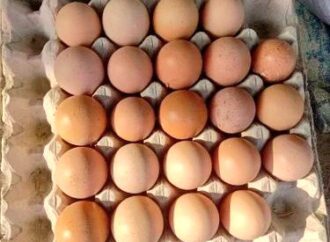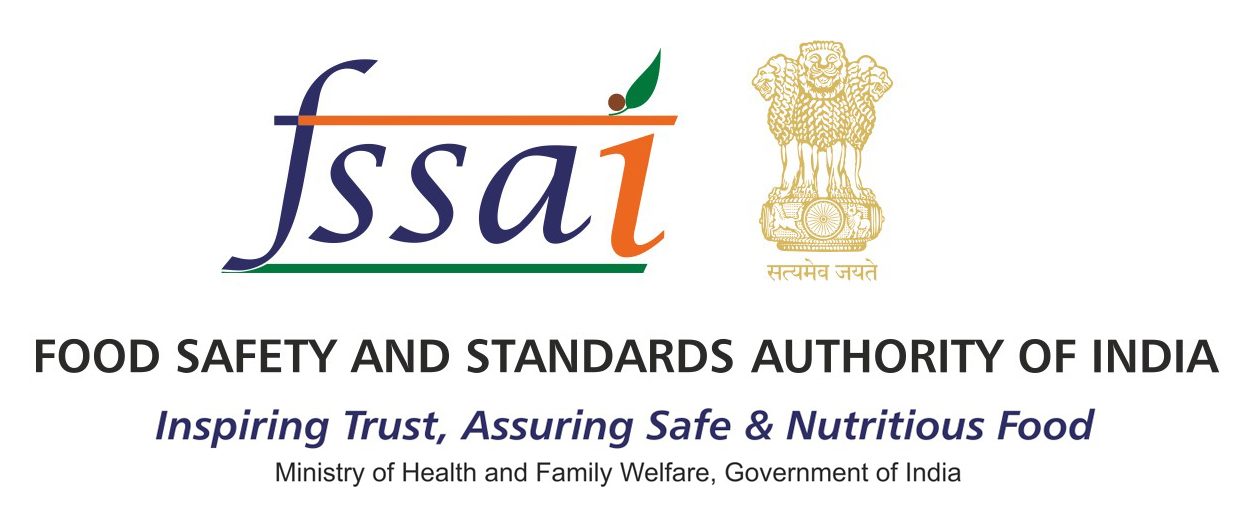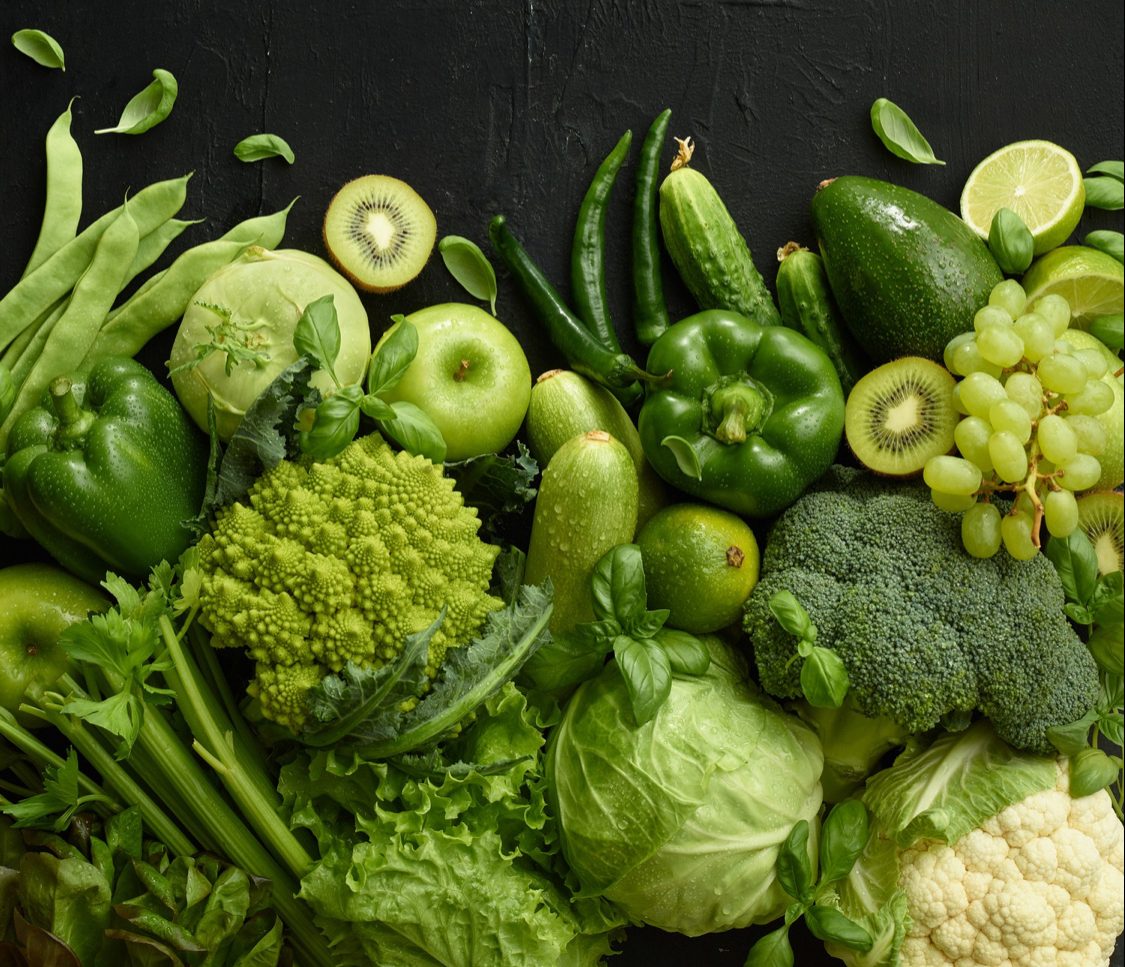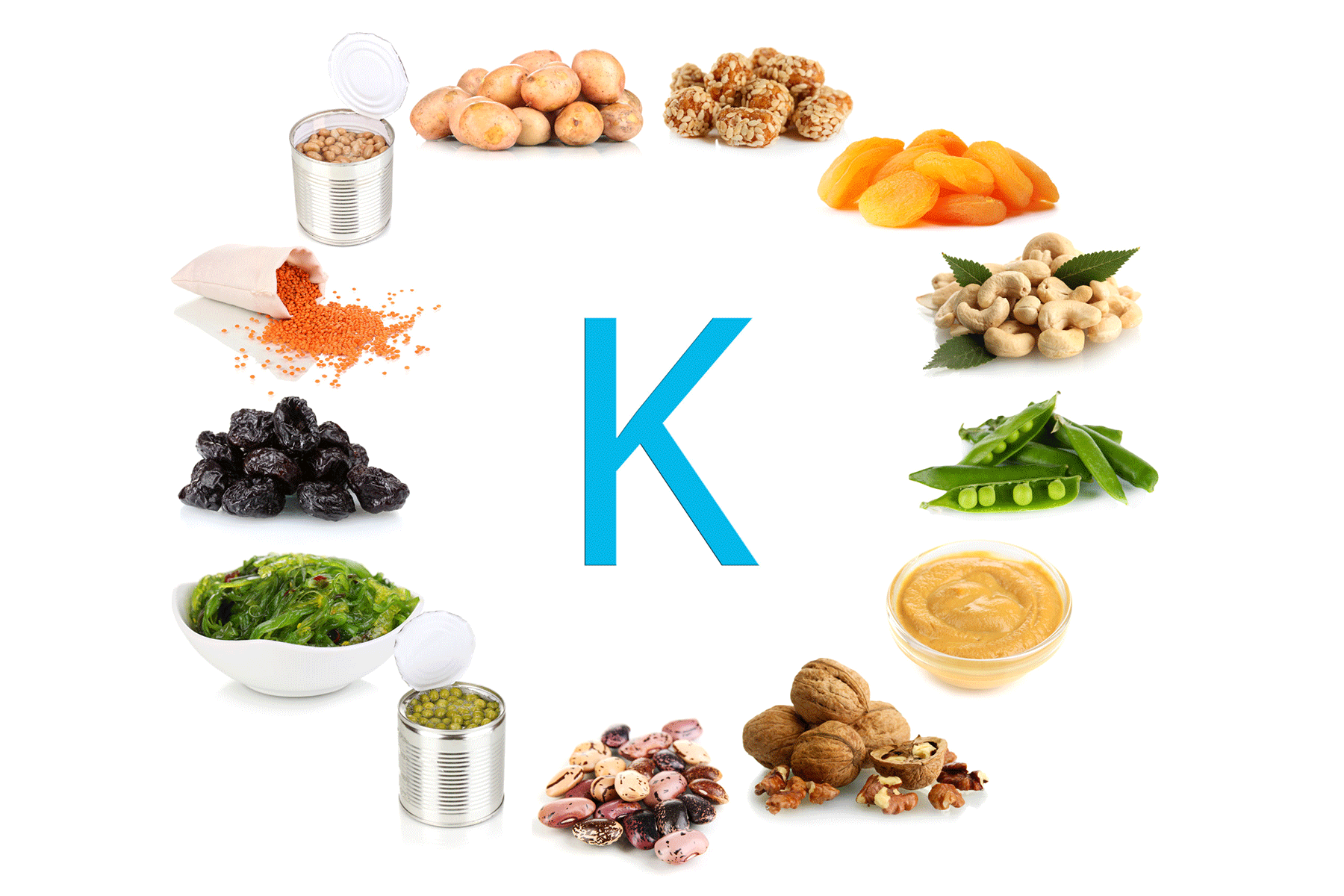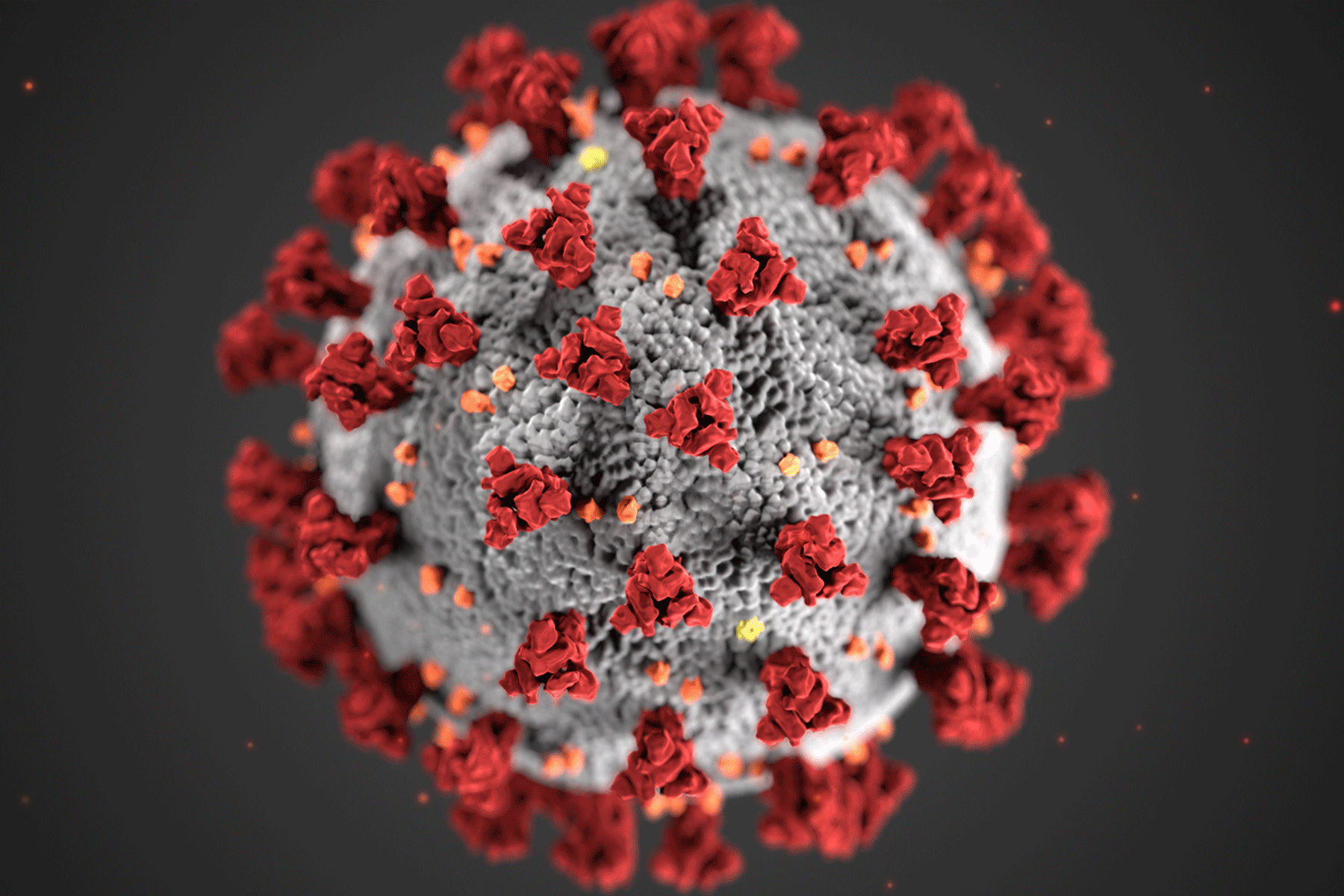Ready-to-Eat (RTE) foods offer quick, convenient meals for busy lifestyles—be it a sandwich from a store, a packed salad at work, or frozen biryani at home. They save time and effort, making them a go-to choice for many. However, this convenience can come with hidden risks. RTE foods are often consumed without further cooking, so any lapse in storage, packaging, or handling can lead to foodborne illnesses. It’s important to be cautious. Before eating any RTE food, you should know what to look for to ensure it’s safe. Let’s explore some key checks to help you stay healthy.
What are Ready-to-eat (RTE) foods
Ready-to-eat (RTE) foods are pre-prepared meals or snacks that require little to no cooking before consumption. They are convenient, time-saving options for busy lifestyles, and can include items like sandwiches, salads, frozen meals, or packaged snacks. Since RTE foods are often consumed directly without further cooking, it’s important to ensure they are stored, handled, and consumed properly to avoid foodborne illnesses.
Key Things to Check Before Eating RTE Foods
Before you bite in, take a moment to check a few simple things. These quick steps can help you avoid spoiled food and stay safe.
Always Check the Label
Start with the packaging. Before you open or buy any RTE food, read the label. Here’s what you should look for:
-
Expiry date / Use-by date: Never eat anything past its use-by date, especially ready-to-eat items. These foods don’t always go through cooking again, so if they’re spoiled, you won’t kill the bacteria.
-
Storage instructions: Some items say “Keep refrigerated” or “Consume within 2 days after opening.” These instructions aren’t suggestions — they’re safety rules. If you’re on the go, make sure you can store the item properly until you eat it.
-
Ingredients and allergens: Check for ingredients you might be allergic to. RTE foods can contain hidden allergens like nuts, milk, soy, or gluten.
-
Nutritional info: RTE foods can be high in salt, sugar, and fat. While this might not be a safety issue, it’s good to know what you’re putting into your body.
Inspect the Packaging
Packaging protects food from contamination. If it looks off, don’t take the risk.
-
Don’t eat if the seal is broken: A broken seal can mean the food has been tampered with or exposed to air, which increases the risk of spoilage.
-
Avoid swollen or leaking packs: This could mean gas-producing bacteria have started to grow inside. That’s a big red flag.
-
Check for damage: Crushed cans, cracked containers, or torn plastic can lead to unsafe food.
Look, Smell, and Trust Your Senses
If something doesn’t look right, it probably isn’t.
-
Colour or texture changes: Discoloured meat, slimy vegetables, or soggy sandwiches are signs that the food might have gone bad.
-
Unusual smells: Trust your nose. If it smells sour, rotten, or just “off,” don’t risk it.
-
Mould or visible spoilage: Even a tiny spot of mould means the food isn’t safe to eat.
Check Temperature
Many RTE foods — like cooked meats, dairy-based items, and pre-packed salads — need refrigeration. If they’ve been left out too long, bacteria like Listeria, Salmonella, or E. coli can grow.
-
Cold foods must stay cold: At stores or restaurants, check if chilled foods are kept in refrigerators. If you’re buying something cold, don’t leave it sitting in a hot car for hours.
-
Hot foods must stay hot: If you’re getting hot RTE items like samosas or rotis from a counter, they should be steaming hot. Lukewarm food is a breeding ground for bacteria.
Ask: Was This Handled Safely?
Sometimes it’s not about the food itself but how someone handled it.
-
Clean hands and tools: If someone’s serving you without gloves or with dirty hands, think twice.
-
Trust the vendor: Choose food outlets that follow hygiene practices. A clean counter, proper food storage, and staff wearing hairnets or gloves are good signs.
-
Reputable brands: Stick to known brands or outlets, especially when buying packaged RTE foods.
Reheat Properly (When Needed)
Even if an RTE food is “ready,” it’s often safer and tastier when reheated properly, especially leftovers or refrigerated meals.
-
Heat until piping hot: If you’re reheating food, make sure it’s steaming all the way through. That kills bacteria that may have grown.
-
Avoid repeated reheating: Don’t keep warming up the same food over and over. Eat it in one go, or toss it.
Watch Out for High-Risk Groups
Some people should be extra careful with RTE foods, especially:
-
Pregnant women
-
Elderly individuals
-
Children
-
People with weakened immune systems
For these groups, even a small amount of contamination can cause serious illness. It’s safer to avoid RTE deli meats, soft cheeses made with unpasteurised milk, and any food that’s not piping hot.
Final Thoughts
RTE foods are helpful, but don’t assume they’re always safe. By taking a few seconds to check the label, inspect the packaging, and pay attention to how the food was stored and handled, you can avoid foodborne illnesses and make healthier choices. When in doubt, remember: “If it looks or smells wrong, don’t eat it.”
 Food Manifest
Food Manifest 


